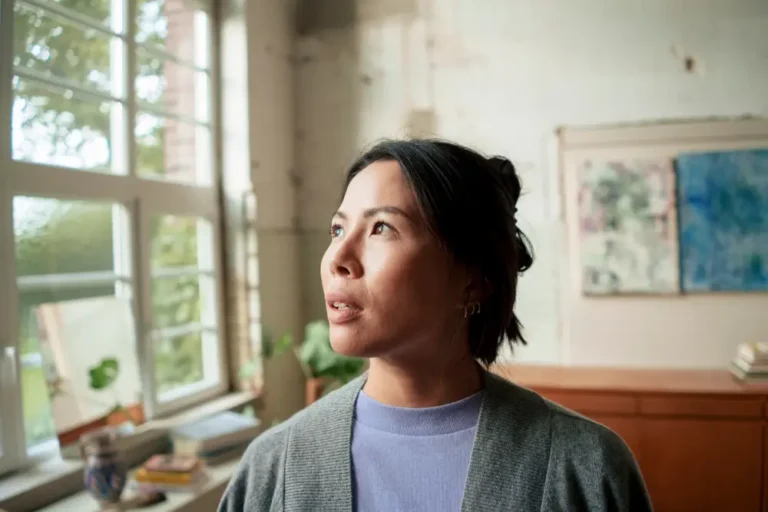I had to advocate for myself to get answers when I felt off. At 45, I’ve learned to listen to my body.

The author (not pictured) thought she was going through perimenopause.
Four months ago, I went in to see my primary care doctor because my menstrual bleeding was abnormal. However, even in my 40s, I wasn’t exactly sure how to define “normal.”
I was convinced I was going through perimenopause, but my hormonal levels said otherwise. I had to advocate for myself to get answers.
I had dealt with my period for what felt like forever
It started with the secretive all-girls meeting about periods in the fifth grade. Of course, we couldn’t let the boys know we were learning about menstruation. There, I learned the basics about cramps, the difference between pads and tampons, and the non-stop fun that awaited me with my changing body.
As my peer group reached our child-bearing years, the whispers turned to audible conversation. Some friends became pregnant, while others struggled with infertility. We talked about IVF and birth plans.
Then we reached our 40s, and in happy hours and Facebook groups, the voices turned to shouts about that ever-present p-word: Perimenopause. Any negative experience — night sweats, uncontrollable emotions, sleep challenges — was attributed to perimenopause, so when I started having irregular bleeding, I knew it must be perimenopause.
Like the pesky gray hairs I pluck (against the wishes of my hairstylist) and my 11 lines that feel like old friends, I resignedly accepted this as an unwelcome sign of aging.
I started to pray for menopause so the bleeding and sometimes debilitating cramping would stop.
I decided to listen to my body
Subsequent yearly doctor’s appointments led to a diagnosed cyst, and eventual blood tests that determined my hormone levels didn’t indicate the start of menopause. I carried on with my annoyingly random mid-cycle bleeding.
Finally, in the summer of 2024, I decided to listen to my body. I’d been having my period for decades, and I knew this wasn’t “normal” bleeding. Maybe it was perimenopause, but I was ready to push for some answers. On a particularly terrible morning, I called the nurse line at my local clinic, answered a lengthy list of personal questions, and was scheduled to see my primary care provider. More bloodwork and a pap smear later, my doctor ordered an ultrasound.
And then we had an answer (two of them, actually): a uterine fibroid and an endometrial polyp. Reading a list of symptoms — bleeding between periods, pelvic pain, longer periods — felt like reading a page of my journal for the last few years.
I’ve since learned that many women deal with fibroids throughout their lives — up to 77% of women in their childbearing years — many of whom I knew in my real life. We were just too busy talking about perimenopause to discuss these other issues.
I followed up with a specialist who talked through my options, and after years of suffering, I was ready for a solution.
On the same day as my 45th birthday, I had a dilation and curettage procedure to biopsy my endometrium and remove the polyp.
For a woman who has never been pregnant or birthed a baby, walking into the procedure room was jarring. However, the medical assistant and doctor were reassuring and calming throughout the process. I practiced some deep breathing during the painful parts and said a short prayer that the biopsy was benign.
Later that night, I celebrated my birthday with a family dinner, and my birthday celebration stretched into a week later when I received the welcome news from my biopsy — benign.
Other perimenopausal symptoms might be approaching, but I’m no longer afraid to talk about them or seek answers when something feels off.
After living in this body for 45 years, it’s time I start trusting it.






